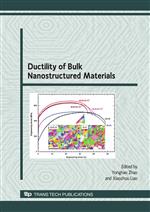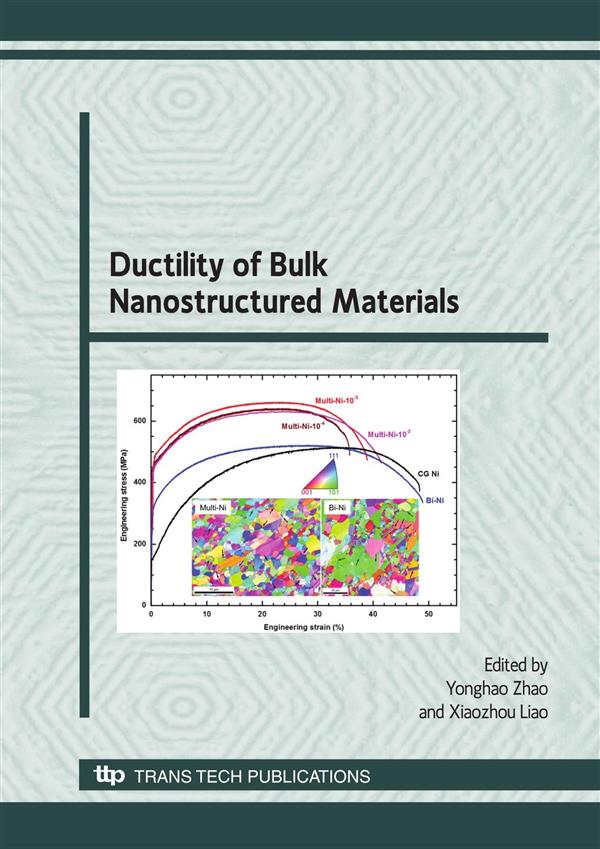Engineering Research
Materials Science
Engineering Series
Ductility of Bulk Nanostructured Materials
Description:
Strength and ductility are two of the most important mechanical properties of structural materials, but this usually involves a trade-off, because of the fundamental inverse proportionality of these two features. Since the 1980s, bulk nanostructured materials have emerged as a new class of material having unusual structures and, as a result, have attracted increasing attention. Unfortunately, most bulk nanostructured materials still do not evade the strength-ductility trade-off dilemma, and usually have very poor ductility. The poor ductility of bulk nanostructured materials has indeed become a seemingly insurmountable obstacle to the widespread technological application of structural bulk nanostructured materials.
Purchase this book:
Info:
Review from Ringgold Inc., ProtoView:
Bulk nanostructured materials usually have very poor ductility. This work gathers 58 invited papers from 20 countries to report on advances in improving the ductility and optimizing the performance of bulk nanostructured materials. Papers are in sections on deformation mechanisms of bulk nanostructured materials, modeling and experiments in ductility of bulk nanostructured materials, and processing and microstructural advancements. Other major themes are ductility of thin films and nano-layers, ductility of metallic glass and composites, and recovery and grain growth. Some specific topics covered include the effect of grain size on defect density and internal stresses in sub-microcrystals, ultrahigh strength and ductility of Cu-Nb nanolayered composites, nanostructured Ti2448 biomedical titanium alloy, and the effect of aging on strength and ductility of ultrafine grained Al 6061 alloy. B&w images are included. Zhao is affiliated with the University of California-Davis. Liao is affiliated with the University of Sydney.

